Science News
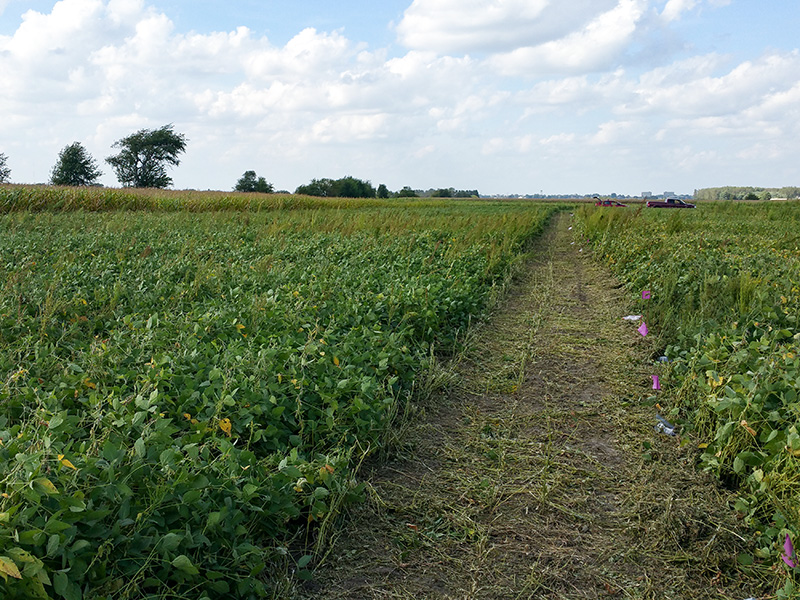
Farmers around the world are keen to protect their most important asset: their soil. The soil supports and enriches their crops. But the relatively thin layer of topsoil can readily wash away into streams, carrying unwanted nutrients with it.
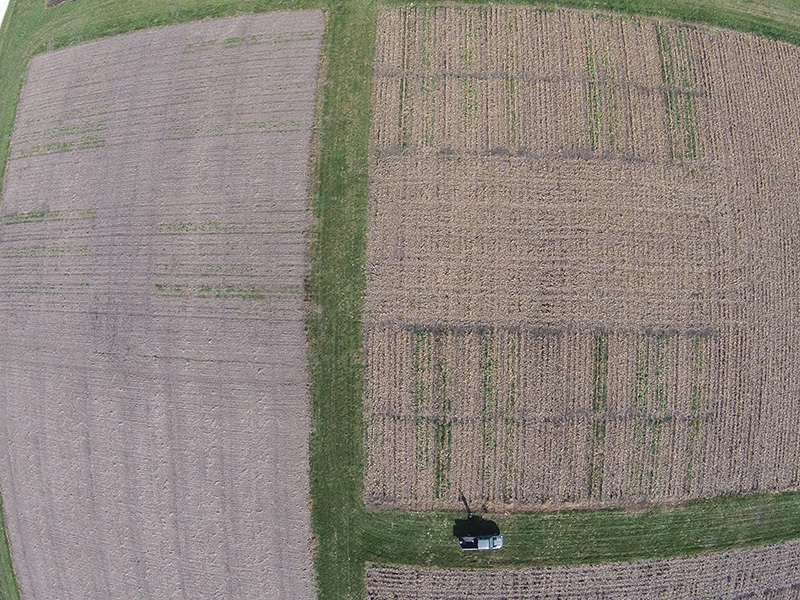
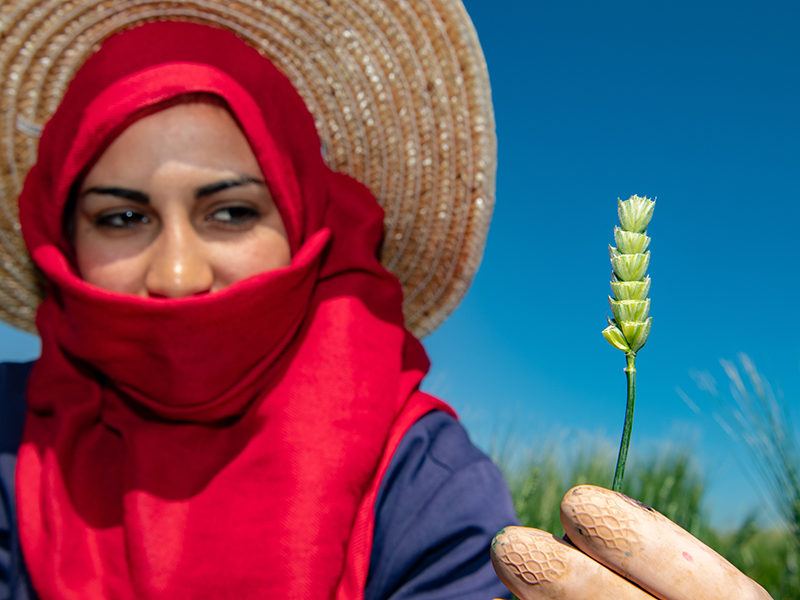
Earth is getting hotter. Huge amounts of greenhouse gases are warming the planet and altering the climate. Heat waves are harsher. Droughts are longer. And some diseases and pests are stronger than ever.
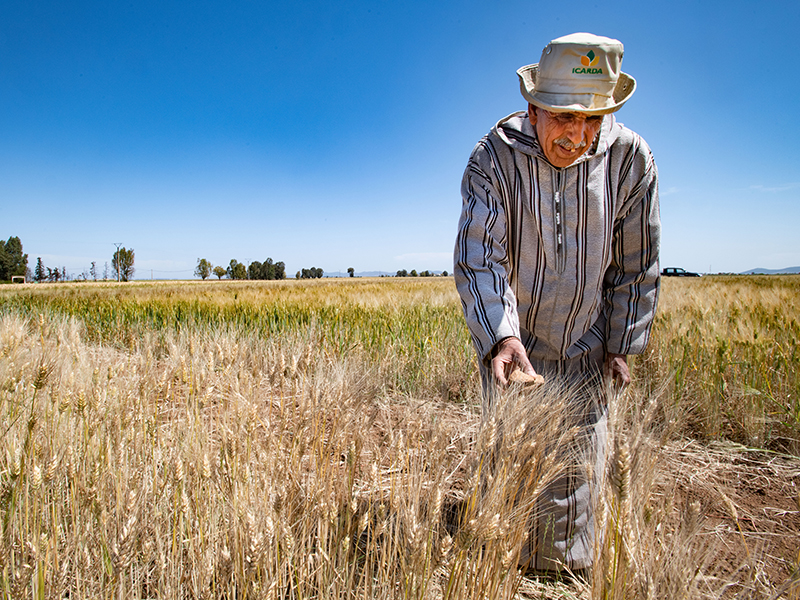
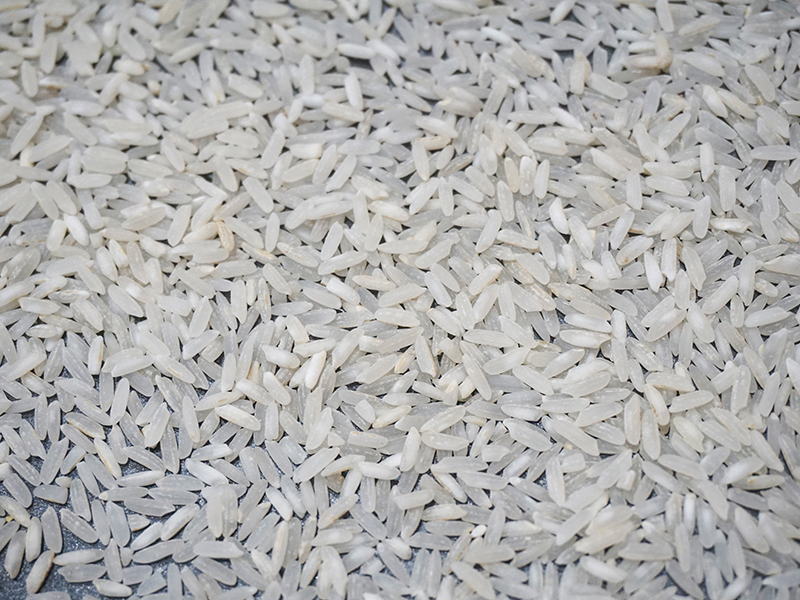
Rice is the most consumed staple food in the world. It is especially common in Asia, where hunger concerns are prevalent.

Rice is classified as an annual plant, which means it completes its life cycle within one growing season then dies. However, in some tropical areas, rice can continue to grow year after year when taken care of properly.

Roots play a vital role in crop plants. They take up water and nutrients for the plant and keep it help firmly in the ground. But not all roots are the same.

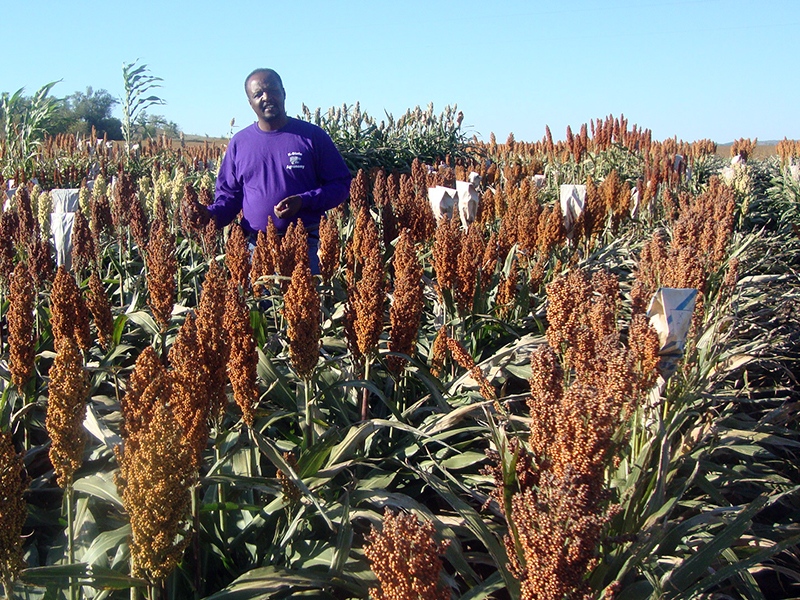
Sorghum, a common food item in regions of Africa and Asia, has one missing puzzle piece. The missing piece? Protein digestibility, which researchers in the Department of Agronomy at Kansas State University are trying to find.
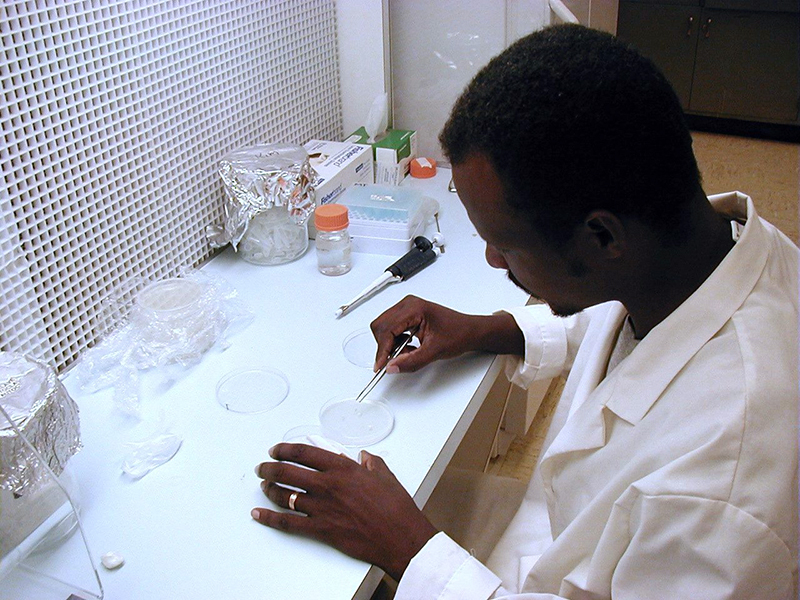

After an oil spill or leak, it’s important to act fast. If the oil has gotten into soil, scientists need to rapidly assess how much oil there is and how far it spread. It’s a process that has always been costly and time-consuming.


Seemingly everyone has a smartphone in their pocket, and we find new uses for them every day. They can help us avoid traffic jams or connect us to family from afar. They can even translate languages on the fly.


Many living creatures live in soil. Though their sizes range from microscopic soil microbes to larger animals like gopher turtles, they all call soil their “home.” Included in these ground-dwelling species are bees – vital in the pollination cycle of about 90% of plant life.


Pinto beans are good for us. They are nutritious, packed with protein and fiber. They also contain a host of micronutrients like B vitamins and folate.

But being good isn’t enough for pinto beans. They also need to look good.
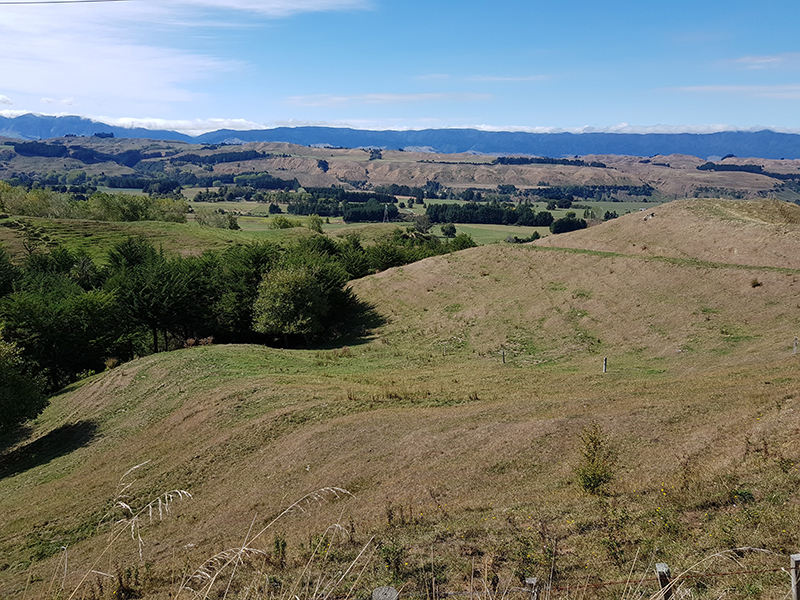
For most of us, our closest encounter with the element fluorine is likely to be our toothpaste or a municipal water supply with added fluoride.
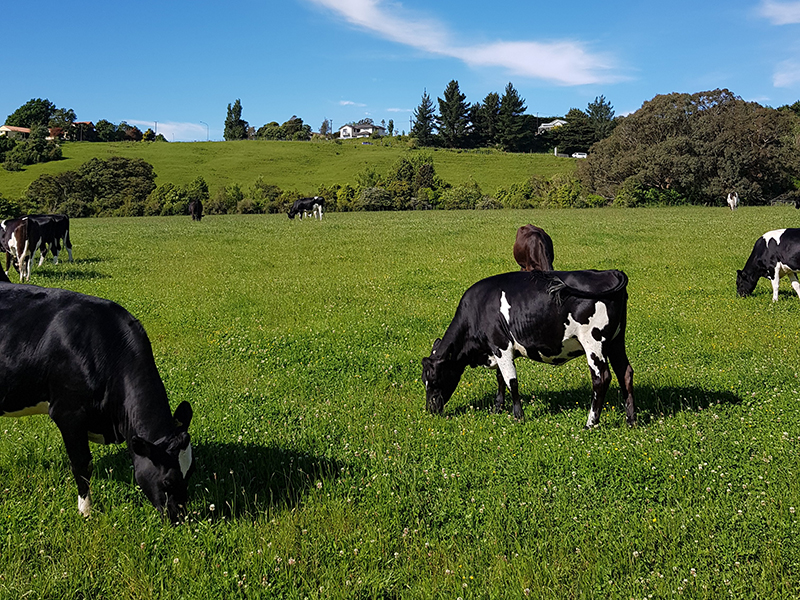
But excess fluorine can be a problem. For example, high levels of fluorine in the soil can hurt plants. Fluorine in soils may also affect microbes and other organisms higher along the food chain.
